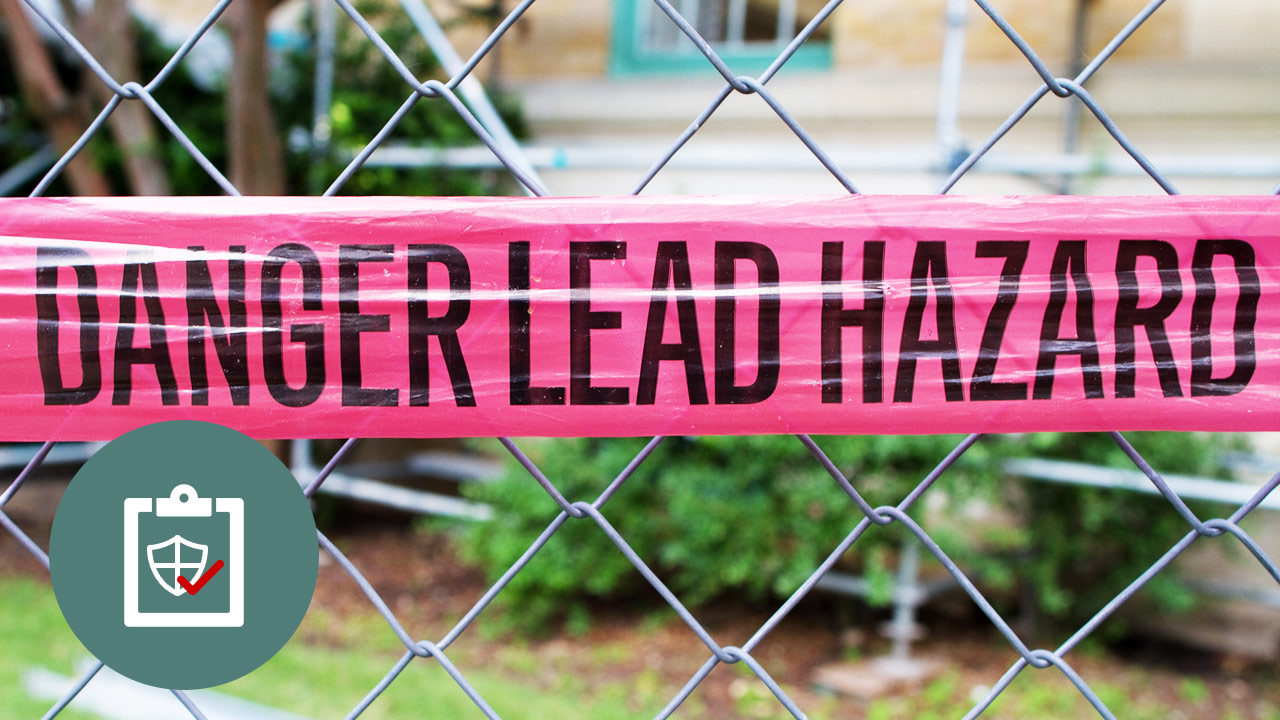Bloodborne Pathogen Awareness 2.0 - Cal/OSHA
- 6 topics | 36m
- Up to 30 languages
- Transcripts
This course will provide you with a basic understanding of bloodborne pathogens, common modes of transmission, methods of prevention, and what to do if an exposure occurs. Information presented will help minimize serious health risks to persons who may have personal exposure to blood and other potentially infectious materials in the workplace. The content in this course is designed to comply with the intent of the applicable regulatory requirements. The training requirements established under the Bloodborne Pathogen standard require an employer to allow for an opportunity for interactive questions and answers with the person conducting the training session. Employers may use a variety of methods to meet the intent of the standard. As an example, Cal/OSHA has previously stated that an employer can meet Cal/OSHA's requirement for trainees to have direct access to a qualified trainer by providing a telephone hotline. Bloodborne Pathogen Awareness 2.0 - Cal/OSHA was developed with subject matter support provided by EnSafe Inc., a global professional services company focusing on engineering, environment, health and safety, and information technology. Please note, the course materials and content were current with the laws and regulations at the time of the last expert review, however, they may not reflect the most current legal developments. Nothing herein, or in the course materials, shall be construed as professional advice as to any particular situation with respect to compliance with legal statutes or requirements.
WHAT YOU WILL LEARN
-
identify the traits and symptoms of hepatitis B, hepatitis C, and HIV
-
identify modes of transmission of bloodborne pathogens
-
identify preventive controls that reduce or eliminate exposure to bloodborne pathogens
-
identify the proper use and handling of personal protective equipment
-
identify proper decontamination procedures for blood and other potentially infectious materials
-
identify procedures to follow if an exposure incident occurs
IN THIS COURSE
-
Bloodborne Diseases8m
-
Disease Transmission3m
-
Preventive Controls7m
-
Personal Protective Equipment (PPE)5m
-
Decontamination6m
-
Incident Procedures3m
YOU MIGHT ALSO LIKE
COMPLIANCE-COURSE
Hearing Conservation 2.0 - Cal/OSHA
COMPLIANCE-COURSE
Lead Awareness in General Industry – Cal/OSHA
COMPLIANCE-COURSE
Office Safety 2.0 - Cal/OSHA


